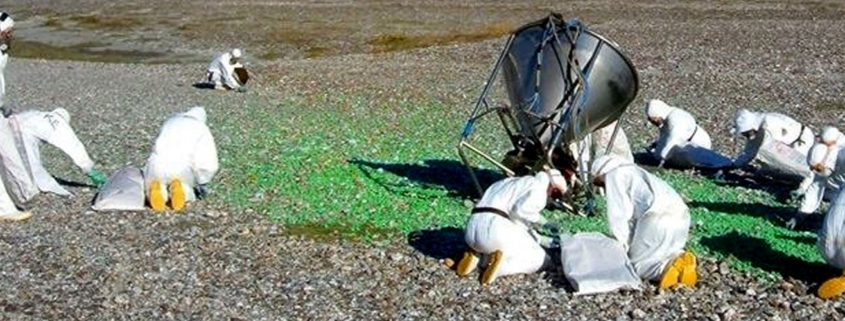Response to the Department of Conservation’s reply to “Aerial 1080 poisoning in New Zealand: reasons for concern”
Abstract
A recent review highlighting several reasons for concern regarding the New Zealand Government’s policy of widespread aerial poisoning with sodium monofluoroacetate (1080), was sent to several Government ministers and staff (in August 2016).
A letter in reply, in support of the ongoing use of 1080, was received from the Department of Conservation (DoC). The letter claims that there is foundational evidence aerial 1080 poisoning is ‘safe’, will retain its efficacy against rats throughout repeated applications, has desirable biodiversity outcomes, and that there are no current alternatives to its continued use. These claims are refuted based on documented evidence.
Further, examination of documents concerning the management of two species, kea (Nestor notabilis) and mohua (Mohoua ochrocephala), reveals no scientific, ecological basis supporting pest control by DoC. There is an urgent need to review conservation management in New Zealand.



